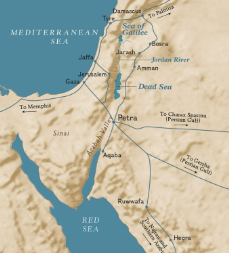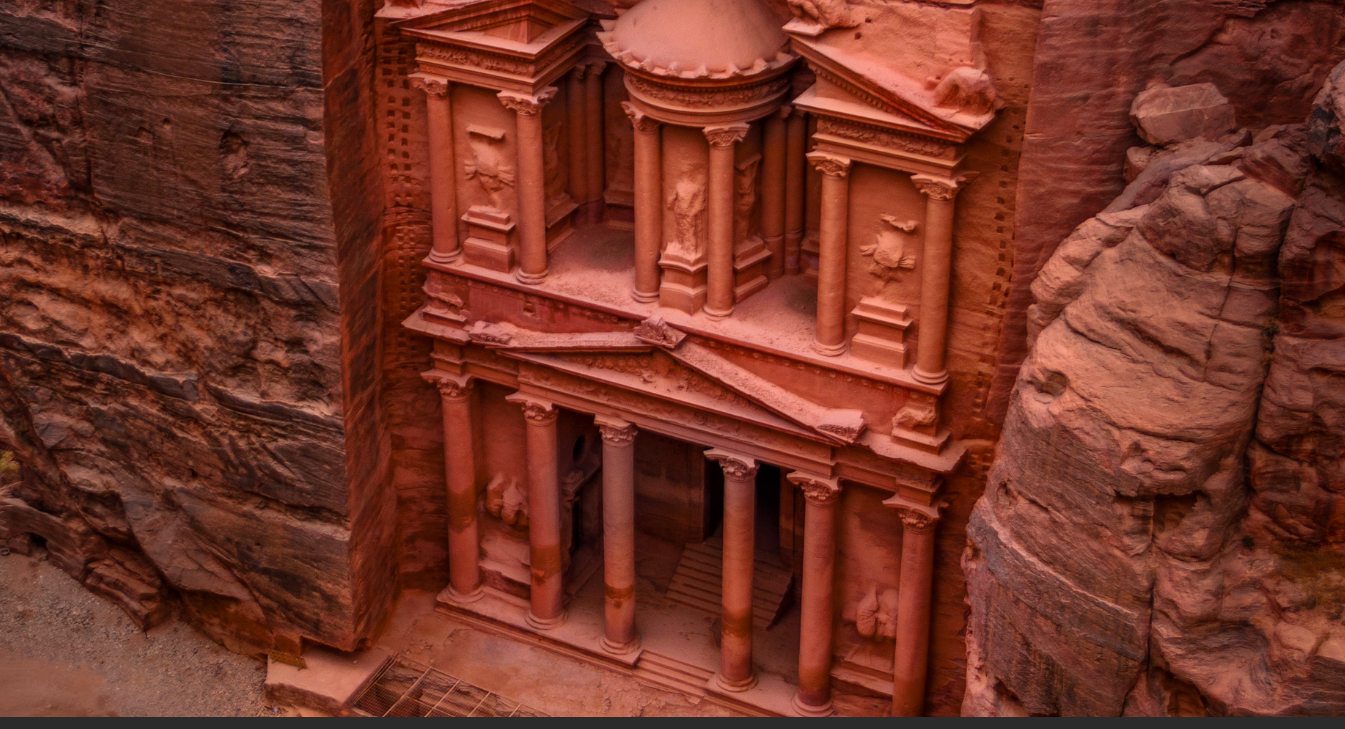The Nabataean civilisation, which thrived in the vicinity comprising today’s Jordan and Saudi Arabia between the fourth century BC to the first century CE, developed an approach to managing water, designed for dessert and semi-arid regions where water is rare through water conservation and agriculture, thus improving their wealth and cultural development.

Nabataean Kingdom
The Nabataeans employed qanats which are underground pathways, for effectively exploiting groundwater from sources far away such as springs or basins. The channels were generally lengthy, reaching many kilometres, and had an even slope allowing water to flow freely by gravity into farmland. Qanats are an exceptionally effective way of transporting water in dry areas as they prevent precipitation due to evaporation and surface leakage.
The Nabataeans developed tunnel water systems, carved from clay pipelines, and water ran long distances, along in qanats. These pipelines were installed either beneath or along the tops of cliffs to transport water from higher points to lower-lying areas for farming. Terracotta pipes reduced precipitation and evaporation, thereby permitting reliable delivery of water to crops.
The Nabataeans intentionally built water reservoirs and dams for collecting and conserving rain during the season. Those structures were designed to monitor the circulation of water, lessen the probability of floods, and conserve water for use in agriculture throughout droughts. Formations of stone were employed to construct reservoirs, which operated for gathering rainwater runoff and increasing water retention volume.
The Nabataeans were skilled in the applications of hydrological engineering demonstrating accurate preparation and monitoring in the management of their water supply. To manage the flow of water while decreasing the risk of ground erosion, they constructed redirection canals, as well as control dams and retaining structures. By applying the environment’s topography and adopting innovative technical approaches, they enhanced water conservation and productivity for agriculture in their dry habitat.
The Nabataeans performed crop cultivation and exploited their irrigation systems to supply reliable access to water. They successfully produced an extensive range of agricultural products, comprising fruits, grain, spices and vegetables. The farming terraces and areas were methodically cared for to maximise the distribution of water while boosting soil output, permitting them to continue functioning as thriving agricultural communities in otherwise inhospitable surroundings.
The Nabataean system of irrigation illustrates the creative thinking and adaptability of past civilisations in surviving in challenging climates. Their innovative methods for conserving water not only strengthened agricultural output and economic growth but also supported the establishment of flourishing urban centres and trade routes in the desert areas of the ancient Near East. At present, the surviving relics of the Nabataean system of irrigation, including qanats, clay piping, and dams, hold immense value as archaeological and cultural sites. They reveal important perspectives on historical conservation techniques and their everlasting influence.
